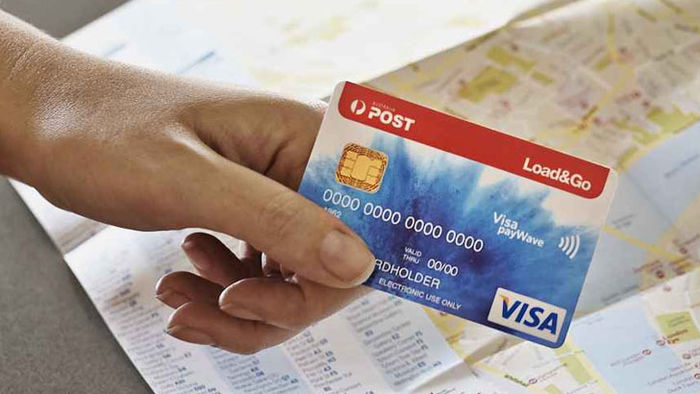Understanding how pre-paid cash cards work
By Money Team
When it comes to paying for goods and services there is no shortage of options, from credit and debit cards to direct transfers and BPAY.
In recent years prepaid credit cards have been added to the mix.
Prepaid cards are very similar to debit cards in that they use your own money for purchases rather than borrowed funds as in credit cards.
The difference is the money does not come out of your account - you actually have to "load" the funds onto the card so you can make purchases.
There's a number of reasons you might opt for a prepaid card.
Controlling spending is a big one because you can only spend what is loaded onto the card. Some like them for online purchases because they protect you from identity fraud.
"Prepaid cards are sometimes bought for young people by their parents to restrict spending to the loaded amount and monitor spending on the card," says the government MoneySmart website. They can also be given as a gift.
Prepaid cards include Canvas Visa, Australia Post's Load & Go, iChoose Visa, Secure Cash Xpress and ANZ's Gift Card. When comparing prepaid card options there's a number of factors to consider.
Fees are probably the biggest downside of prepaid cards. Fees vary but there are a few common fees you should look out for (see below).
Something else worth looking at is your options for loading a card. You might be happy to do this online or prefer over the phone, or you may want to have the option of going to an actual outlet to deposit the cash.
Make sure you find out how to load and reload the card and that there is a decent range of options. You also need to keep an eye on your balance, so ask what your checking options are.
Check out the limits to how much you can load or reload to the card.
Is there a minimum and/or maximum load amount?
And are there limits to how much you can reload on the card over a certain period? The Australia Post Load & Go card has a maximum aggregate load of $5000 per 30 days.
Another thing you may ask is: what happens if you lose your card or it is stolen and there is still money on it.
Will that be lost forever or is there some sort of protection? If the card expires, when will that be? Find out what happens if your card expires and there is still money on it. Will there be a fee to withdraw the money?
Finally, ask whether you have any sort of protection if you make a purchase on the card and the goods don't arrive.
Most credit cards offer consumers some protection in those instances.
If the prepaid card does not do the same and you use the card mostly for online shopping, it may be better to use a low-limit credit card instead.
Set-up fees
These are the initial fees you'll be charged to open the card. For example, the standard Canvas card charges a purchase price of $7.95.
- If you want to keep using the card you'll need to deposit more money. You may be charged a fee, which might vary depending on the method you use to reload the funds.
- A card replacement fee might apply if you lose your card - as much as $15.
- Transaction fees might be charged each time you make a purchase or withdraw money. The Australia Post Load & Go Visa charges $0.09 whenever you spend or withdraw cash, capped at $0.99 per calendar month.
- Some cards charge an ongoing monthly fee.
- If you no longer want to use the card and want to withdraw the money you have left, you might be charged a redemption fee to take out your money and close the card. Ask will you be charged a fee if you call and speak to a customer service representative.
Get stories like this in our newsletters.


